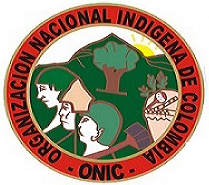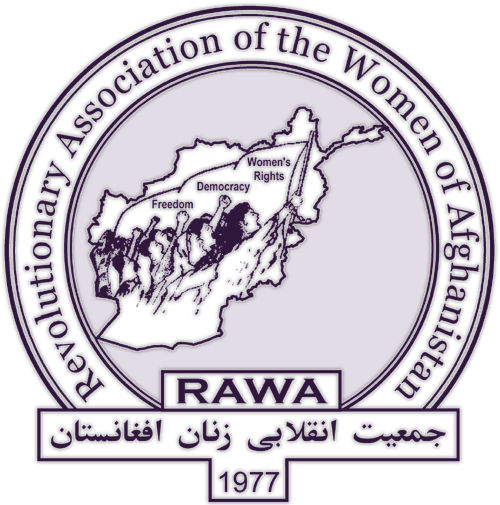Trump opens entire ANWR Coastal Plain to drilling
Secretary of the Interior Doug Burgum on Oct. 23 announced that he will open the entire 1.56 million acres of the Coastal Plain of the Arctic National Wildlife Refuge (ANWR) to oil and gas leasing. These lands are sacred to the Gwich'in Nation, home to irreplaceable wildlife, and have never seen industrialization.
In an action taken during a government shutdown, the Department of Interior (DoI) held a press conference to announce a series of resource development decisions aimed at opening up Alaska for the benefit of corporate interests. A key announcement was the rescission of the Biden administration's restrictive drilling program for the refuge. The DoI is now essentially replacing that program with the previous Trump-era plan to fully open the Coastal Plain of the ANWR to oil and gas development.
In addition to the ANWR announcement, Burgum also announced that DoI has completed a land exchange that will allow a road to cut through the Izembek National Wildlife Refuge on the Bering Sea.
Sec. Burgum also announced the issuance of right-of-way permits allowing the Ambler Road to be built through a remote area of northern Alaska to facilitate new mining projects. The proposed Ambler Road has been opposed by 88 Alaska Native tribes and First Nations, and would cause substantial harm to wildlife, including caribou.
The move to open the ANWR Coastal Plain to oil and gas leasing also follows a Congressional Review Act resolution introduced earlier this month by Rep. Nick Begich (R-AK) that would accomplish the same thing—overturning the Biden administration's previous Record of Decision for leasing in the Refuge.
With Alaska's Arctic warming three to five times faster than the rest of the planet, the climate consequences of expanded Arctic oil and gas drilling would be disastrous for Alaska's communities. Communities and infrastructure in Alaska are at risk from thawing permafrost, loss of sea ice, and rapid coastal erosion, with some communities having to relocate due to such impacts.
"Today's Arctic Refuge announcement puts America—and Alaska—last," said EarthJustice attorney Erik Grafe. "Expanding oil drilling in the Arctic threatens irreplaceable wildlife and cultural traditions that exist nowhere else in the world. It worsens the climate crisis and undermines energy security by seeking to lock in reliance on fossil fuels. The Gwich'in people, most Americans, and even major banks and insurance companies know the Arctic Refuge is no place to drill. Today's decision by the Trump administration is irresponsible as a policy matter, a poor economic decision, and flouts laws that protect this irreplaceable landscape."
The Arctic National Wildlife Refuge covers about 19.3 million acres in northeast Alaska and is the largest national refuge in the United States. It borders Canada to the east and the Beaufort Sea to the north.
The Refuge includes diverse habitats that support a broad range of species including caribou, Dall sheep, moose, muskoxen, and brown, black and polar bears; as well as marine mammals including whales and seals, and numerous bird species. The calving grounds of the Porcupine Caribou herd, which have sustained the Gwich'in people for generations, are within the Coastal Plain of the Refuge. The Coastal Plain also provides an important denning area for female polar bears in winter.
EarthJustice has long defended the ANWR against oil and gas development. In 2021, it challenged the first Trump administration's plan to pursue oil and gas development in the Refuge as well as Coastal Plain leases purchased at an extremely low price by the Alaska Industrial Development & Export Authority (AIDEA), a state-sponsored corporation. (EarthJustice)
See our last report on the struggle for the ANWR.

















Recent Updates
11 hours 1 min ago
18 hours 51 min ago
2 days 12 hours ago
2 days 12 hours ago
2 days 17 hours ago
2 days 17 hours ago
3 days 17 hours ago
4 days 13 hours ago
5 days 10 hours ago
5 days 10 hours ago